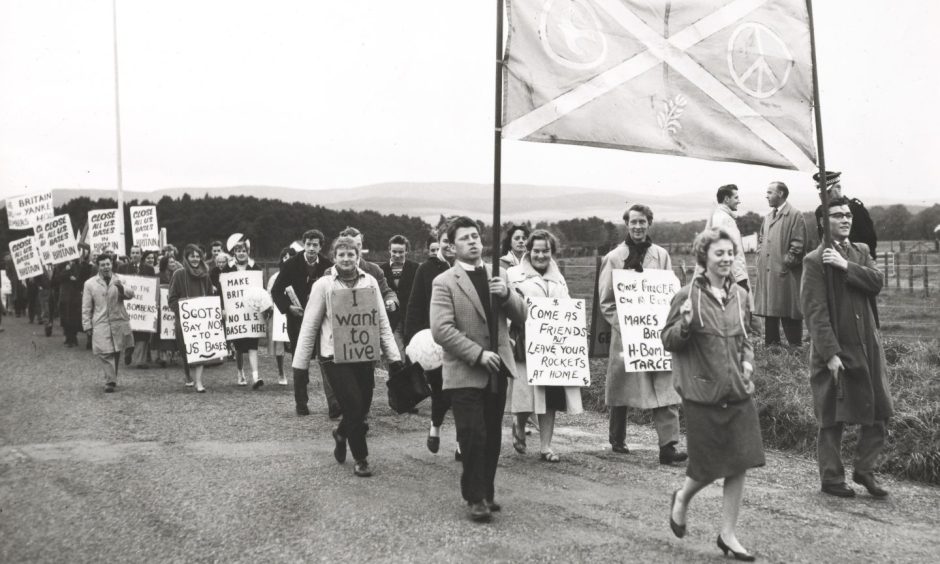
The Scottish Youth Peace Association marched on Edzell in 1960 and opposed North Angus becoming a Cold War battleground.
A photo of the march features in the National Museum of Scotland Cold War exhibition which has chronicled the Scots at the centre of this global conflict.
The marchers opposed US bases on Scottish soil and chanted “ban the bomb”.
They feared RAF Edzell left itself and the local community at risk of a Soviet nuclear missile attack as the Cold War began to ramp up.
RAF Edzell had become home to the US Navy.
The communications base monitored Soviet Navy submarines and radio signals.
Demonstrators carried placards featuring slogans such as “Scots say no to US bases”, “I want to live” and “Come as friends but leave your rockets at home”.
They came to Edzell after meetings in Brechin, Forfar and Montrose.
They marched the length of the main street before heading to Edzell Muir.
Pat Waters, chairman of the Scottish Youth Peace Association, said Edzell would be in the front line in another war.
“You think this will bring employment,” said Danny Martin from Aberdeen.
“It will bring much worse – it will bring atomic war.”
There were regular protests at RAF Edzell
Despite the protests, there was plenty of support for the US base and marchers were met with some boos and hisses from villagers.
Later in the afternoon the demonstrators boarded buses for the airfield.
At the locked gates they were greeted by RAF police and civilian police.
A petition was handed to the RAF officer in charge against Britain’s manufacture of nuclear weapons and the presence of US bases.
A personnel officer at the base said: “We can assure these people that Edzell will not become a bomber base.
“It is a communications centre.
“The runways have been closed.”
There were regular protests at RAF Edzell in the years that followed.
Members of the Scottish Campaign for Nuclear Disarmament (Scottish CND) from Aberdeen and Dundee held a demonstration in August 1963.
Protesters claimed RAF Edzell was the nerve centre of the communications system for the submarine-launched Polaris nuclear missile programme.
They also planted a miniature Japanese cherry tree opposite the gates.
It marked the anniversary of the atomic bombing of Hiroshima and Nagasaki.
CND protestors returned to the base in April 1969 for the Easter weekend with a petition calling for the withdrawal of US troops from Vietnam.
Scotland was braced for nuclear war
Up to 3,000 personnel were said to have been stationed at RAF Edzell at its height.
The massive communications facility was dotted with satellite dishes and hi-tech golf ball electronic surveillance equipment within the security fence.
Its importance to Washington was recognised in 1973.
A US Senate report stated Edzell’s activities were vital to the security of the nation.
A demonstration organised by the Aberdeen Peace Council took place in 1979.
They warned the Edzell base would be a target in the event of nuclear war and handed in a letter protesting about the continued presence of the US military.
These were frightening times.
The government’s Protect and Survive booklet was published in 1980 and advised the public on how to deal with the after-effects of a nuclear blast.
The decibel level increased between Washington and Moscow.
The biggest demonstration took place in April 1984 during a decade when there were genuine fears about a Third World War erupting.
Arbroath and District CND organised the rally and 1,500 people gathered at Edzell.
An 18-foot high effigy of Death was erected outside the main gate.
A siren blast at the “die-in” was the signal for the demonstrators to flop on the ground.
Peace campaigner Bruce Kent was there
Bruce Kent is probably the figure most widely associated with the British anti-nuclear movement of the 1980s and was the guest speaker.
“The sign RAF Edzell is a lie,” he said.
“It is not an RAF station but an American base and in any conflict would be a major target.”
Was he correct?
Intelligence expert, Professor Anthony Glees, said it was “nonsense” to suggest a nuclear attack on Edzell was highly likely during the Cold War.
“There was nothing to nuke in Edzell other than listening devices,” he said.
“A conventional bomb could have taken them out without blowing the world to kingdom come.
“The story of Edzell and the story of CND protests to try to prevent it from carrying out its vital work is of historical importance.
“But it also has a significance we ignore at our grave peril today.
“The ‘peace campaigners’ were, of course, the opposite of what they claimed to be.
“If they had been successful and the US bases had been closed down, that would have made war between the USSR and NATO far more likely.
“Western intelligence kept the peace, not least because early warning of any Soviet attack would mean retaliation could take place and so deter any attack.”
Much more vulnerable to attack from Putin
Professor Glees said Edzell’s job was to use radar domes to track the movements of Soviet submarines and trawlers travelling down the east coast of England.
He said: “It is impossible to exaggerate the strategic importance of the UK’s North Sea coastline.
“It is a kind of arrowhead that allows us to listen into conversations from deep inside the Baltic and North Sea areas.
“Things that would be hit and miss with satellites.
“It’s also the case that Russian missiles targeted at the UK would come in over the eastern seaboard of the UK.
“The risk today is from a conventional Russian attack on the UK.
“We have nuclear weapons, they deter the Russians from a nuclear attack.
“With our early warning systems, we would obliterate Russia within minutes were such an attack to take place.
“However we are much more vulnerable from a conventional Russian attack as Putin’s murderous war in Ukraine makes plain.”
The last service personnel left RAF Edzell in 1997 following the collapse of the Soviet Union after 37 years of US Navy operations.
The Stars and Stripes flag was lowered by RAF Lieutenant Sean McLaren.
Lieutenant Tom George broke the silence with a bagpipe version of Going Home.
The West Virginian was the last US officer to be sent to Scotland and stationed here.
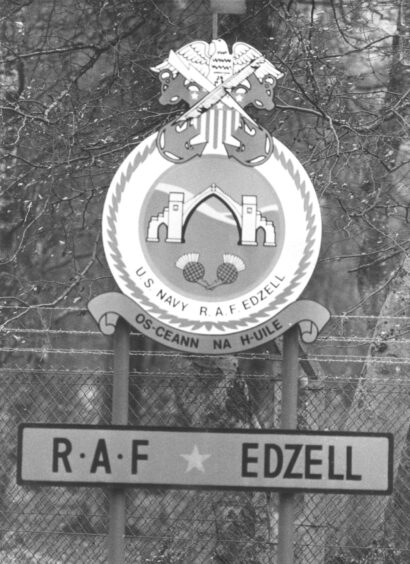
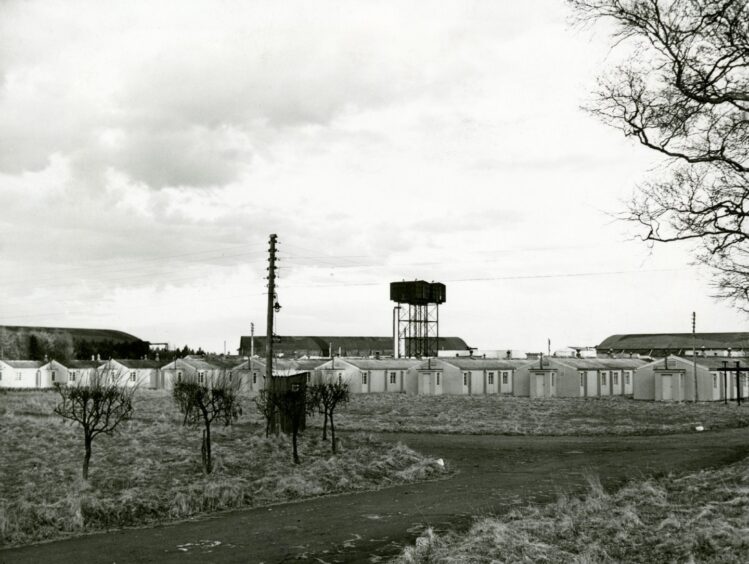
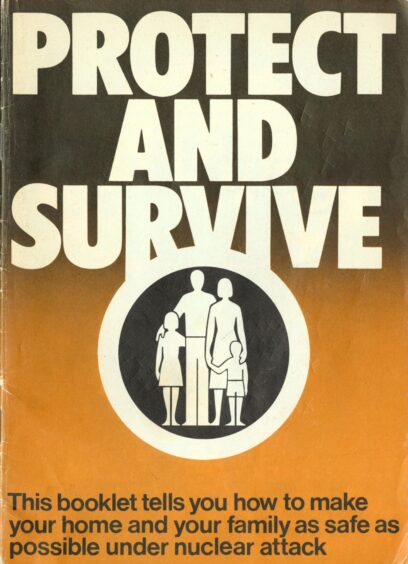
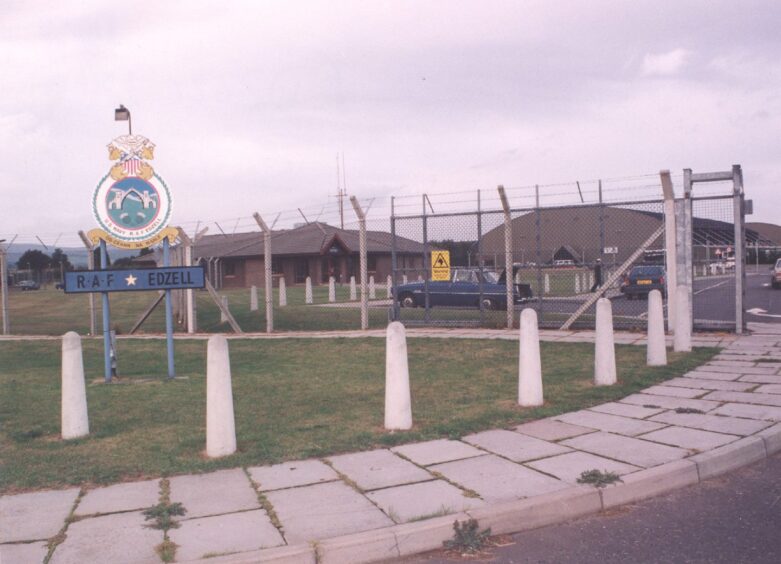
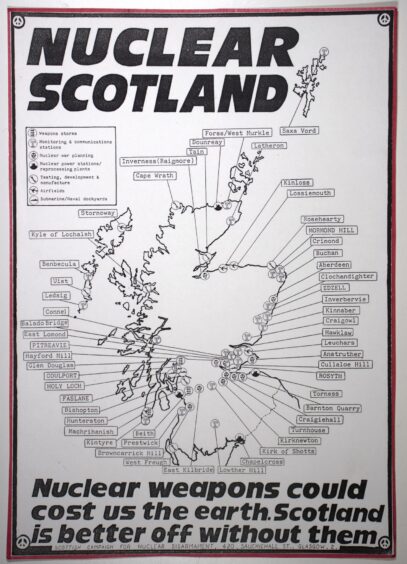
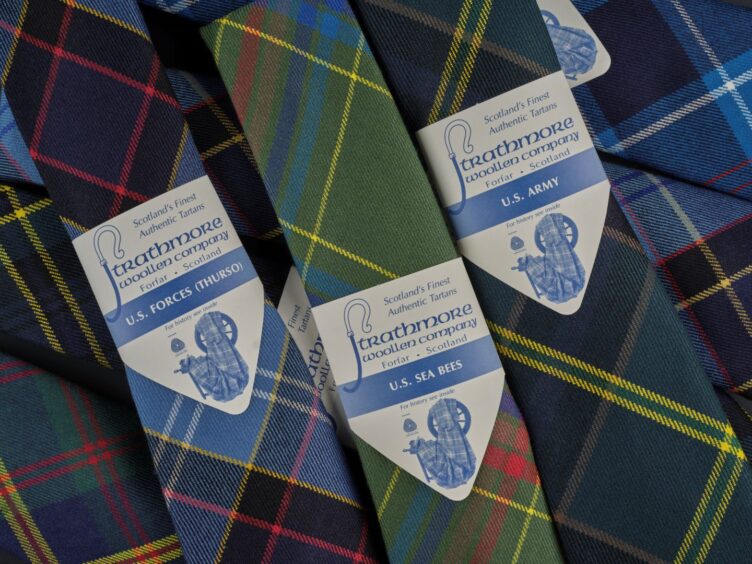
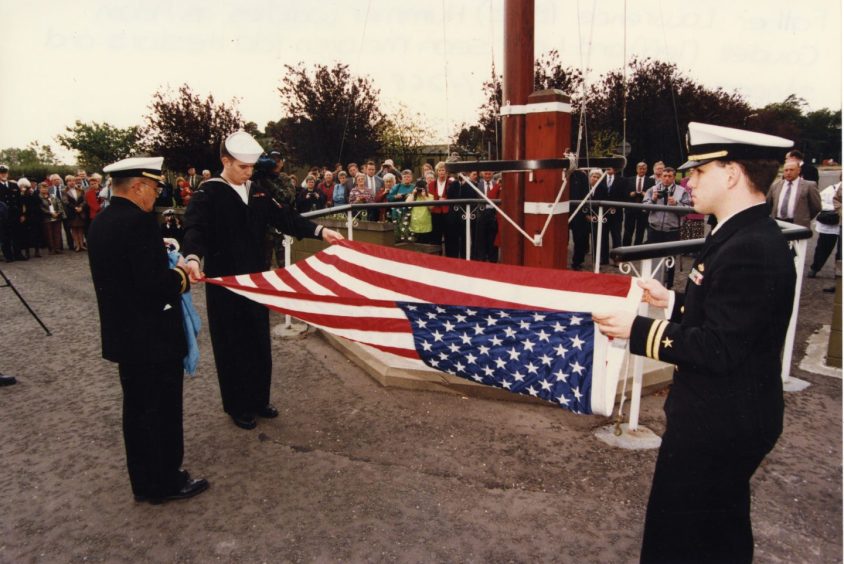










Conversation